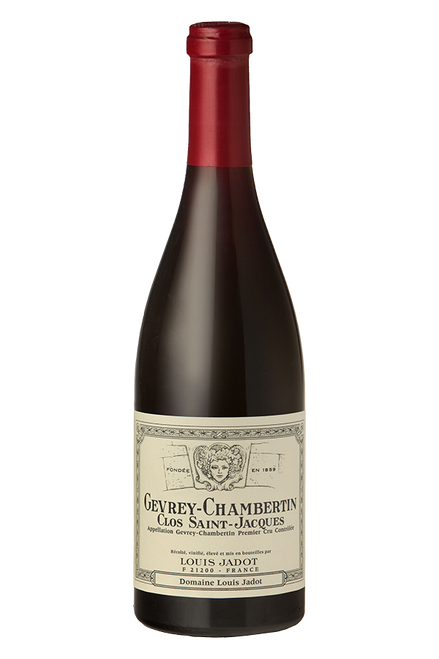Vintage Notes
On the Côte d’Or we enjoyed a particularly mild winter, especially at the start of the year, when we experienced spring-like weather in January. This was also a very dry winter, with a rainfall deficit of more than 80% relative to the norm over the past 30 years in February. If temperatures rose and fell a bit in March, overall they remained rather mild, and the absence of water delayed the start of the vegetative growth cycle. April was cooler, with several late frosts making their presence felt in susceptible areas, but the fact that budbreak for both of our varieties was delayed until mid-April helped to protect the tender buds from any damage. During the latter half of the month, temperatures began to climb, and the vines began to grow vigorously. The growth cycle accelerated in May thanks to the warm temperatures that prevailed mid-month, and as has become the norm these days, our teams had a lot of work to do in a very short period of time: bud-rubbing, the protection of the flowers to come, then topping, trimming and raising the canopy. The weather in June was equally sunny, with a lack of rainfall that continued right through to flowering. Flowering was relatively early, with the first signs of it seen at the end of May in the early-flowering Chardonnay vineyards of Bressandes and Puligny. Several days later, at the start of June, we saw flowering begin in the Pinot vineyards of the Côte de Beaune. Flowering took place promptly across all sectors of the vineyard, and we could begin to envisage the potential of this vintage in both white and red given the healthy, numerous and well-structured bunches we saw. The fungal disease pressure was building, however, and we saw a fair amount of powdery mildew in the vineyards, although we managed to control it well. Towards the end of June and the beginning of July a few thunderstorms helped to top up the water levels. They were accompanied by localised hailstorms, but the impact of these was limited, as were consequences for potential yields. Veraison began during the first few days of July, and teams prepared themselves to begin picking towards the end of August. The weather in August was more variable, with strong growth at the beginning of the month, followed by ten days of intense heat, which blocked further ripening. The return of milder temperatures and some showers allowed maturation to continue, and it wasn’t until the start of September that the grapes were ready for the start of harvest, which kicked off on the Côte de Beaune on 4 September. The weather in September was, to say the least, unusual: a new heatwave dominated conditions during the first half of the month. We made a decision to prioritise the harvest of the white grapes in order to preserve levels of acidity in the must. Yields were roughly on a par with those of 2022, which is to say they were good but not excessive. The reds, with their more generous yields, were able to hang on the vine a little longer, and benefited from the exceptional September weather in order to gain in concentration and density. The bunches were more or less healthy, but we needed to give them some attention on the triage table. The sweltering conditions at harvest were exceedingly trying for the picking teams. Nevertheless, we managed to keep the rhythm up in order to pick the last bunches before they began to desiccate on the vine. After thirteen days, the grapes were all picked. The wines: Whites show good but not excessive levels of ripeness, with alcohol levels of around 13.5% abv and acidity similar to that of 2022. The intrinsic balance of the wines is very good, and we have preserved that by rigorous control of the malolactic conversion. Aromas are very pure, and the wines show clear terroir characters. Reds show similar levels of balance to the 2022s, with alcohol levels of around 13.5% abv and average acidity levels of 3.5g/l. When it came to the more generously yielding vineyards, we have chosen to do some saignée in order to concentrate the must prior to maceration. The wines are deep ruby in colour, and tannins are ripe and dense. Aromas range from red berries to darker fruits, and are often tinged with spice. There is little doubt that this is a vintage that will age well.
Food Matching
Roasted salmon, roasted chicken, grilled red meat : beef, lamb chops, osso bucco, stew, ragout, bœuf bourguignon, duck, partridge, quail, deer, young wild boar, teppanyaki beef, mashed potatoes with salted butter, Cîteaux, Mont d’Or.







Winemakers Comments